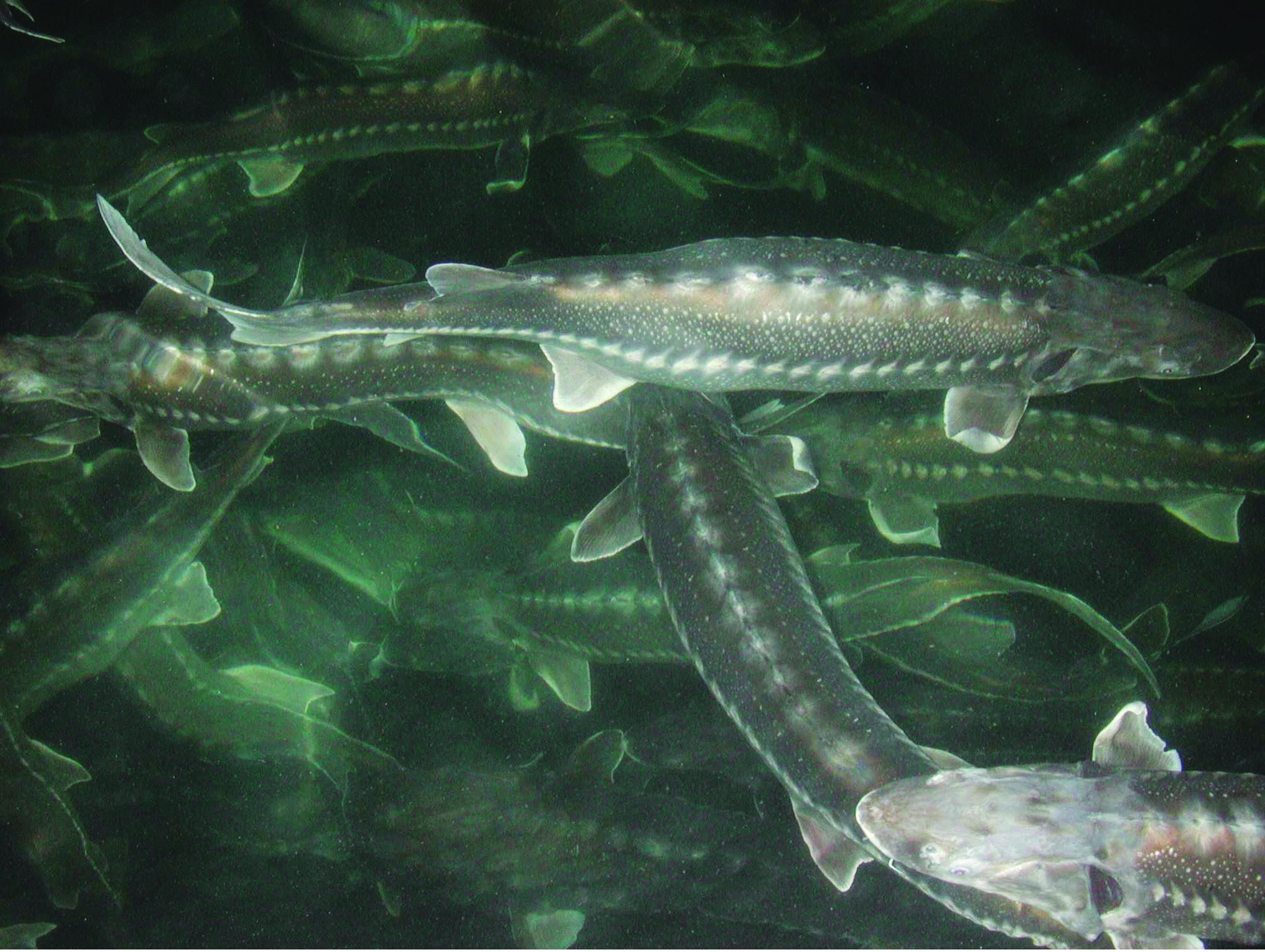
Rasco, Optimizing quality and shelf-life of sturgeon caviar
Approximately 90% of all sturgeon caviar originates from the Caspian Sea. However, a substantial amount of the final product is regularly declined by purchasers due to various shortcomings, including a short shelf life and lacking sensory attributes. The availability of Caspian Sea sturgeon has seen a radical drop owing to political transition, environmental pollution, and excessive fishing, causing a marked decrease in supply. Nevertheless, the recent rise in the farming of commercial white sturgeon in regions such as the Pacific Northwest and California offers an exclusive prospect for supplying caviar sourced from these domesticated fish. Yet, the production process for caviar from farmed sturgeon has not been fully optimized, resulting in inconsistent product quality (Beyer, 1999). The escalating global demand for superior caviar and roe products opens up fresh possibilities for aquaculture providers to venture into novel areas.

Project Summary
| Duration: | 4 years |
|---|---|
| Funded Date: | 09/01/2002 |
| Funding level: | $228,000 |
| PI: | |
| Advisors: |
|
| Location: | California - CA, Idaho - ID, Montana - MT, Washington - WA |
| Species: | Sturgeon |
| Topics: | Culture, Culture/egg quality, Diet and Nutrition |